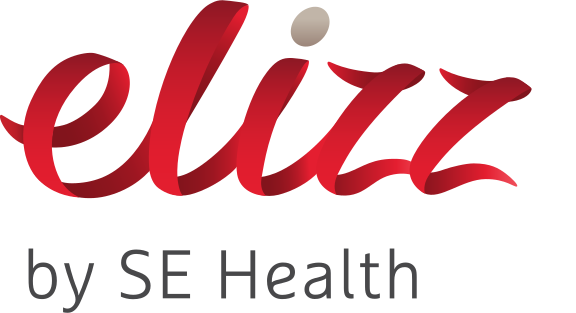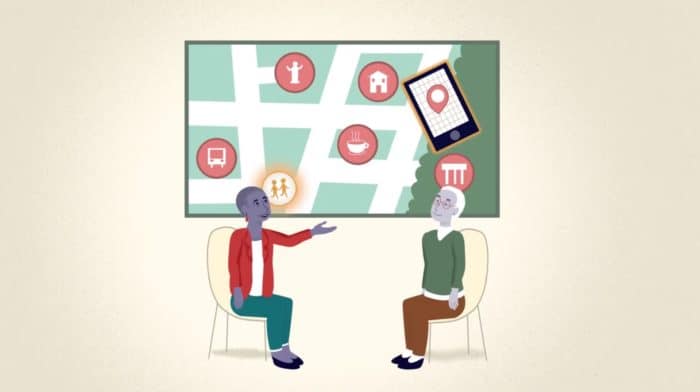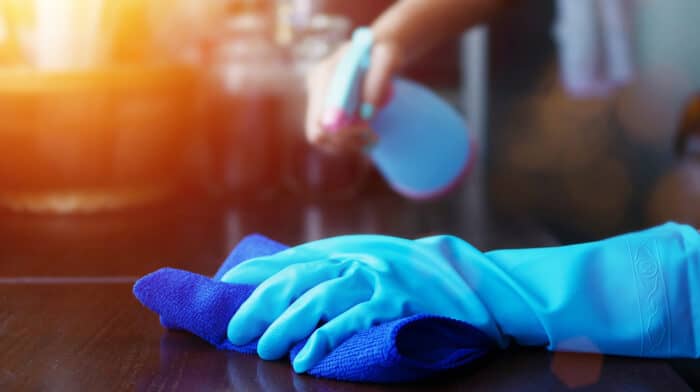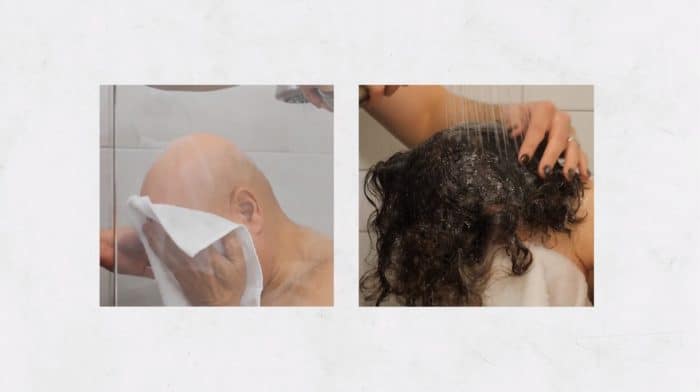Emergency Home Preparedness Checklist
Hope for the best, plan for the worst with this checklist.
Tip 1:
Organize a binder (or piece of paper) with all the important medical information so it’s all in one place! They ask the same questions everytime you visit the Hospital!
Keep a record of:
- Patient name
- List of Meds
- Allergies
- List of family doctors
- Appointment dates
- Notes on previous visits
- Record of procedures
- Emergency contacts & #’s
Tip 2:
DO NOT RESUSITATE (DNR) forms: Post somewhere visible in the home (On fridge or on phone) or wear a bracelet.
Have an advance directive of care ready & signed in case you can’t give consent for any medical treatments. Keep a copy with all medical info & also on the fridge with the DNR just in case.
Do:
Make multiple copies to take to the hospitals, ambulance & give to other caregivers. Just make sure the master copy has the latest notes.
Don’t:
Don’t include the health card number – In case the binder is lost!
| Emergency Checklist |
|---|
| ☐ Take a CPR/First Aid course. It will certainly come in handy during an emergency at home! |
| ☐ Wear an allergy bracelet if you have allergies. |
| ☐ Keep at least (2) Epi-pens in the home. |
| ☐ Put emergency numbers & contacts by the phone: On your cell, store numbers for emergency contacts listed under ICE (In Case of Emegency) or Speed Dial for faster Access. |
| ☐ Have First Aid kits at home. If your home has multiple floors, consider putting one kit on each floor. |
| ☐ Keep extra bottles of water, non-perishable food & blankets or sleeping bags on hand. |
| ☐ Have flashlights, extra batteries & chargers on hand. Also keep some emergency cash stashed somewhere. |






